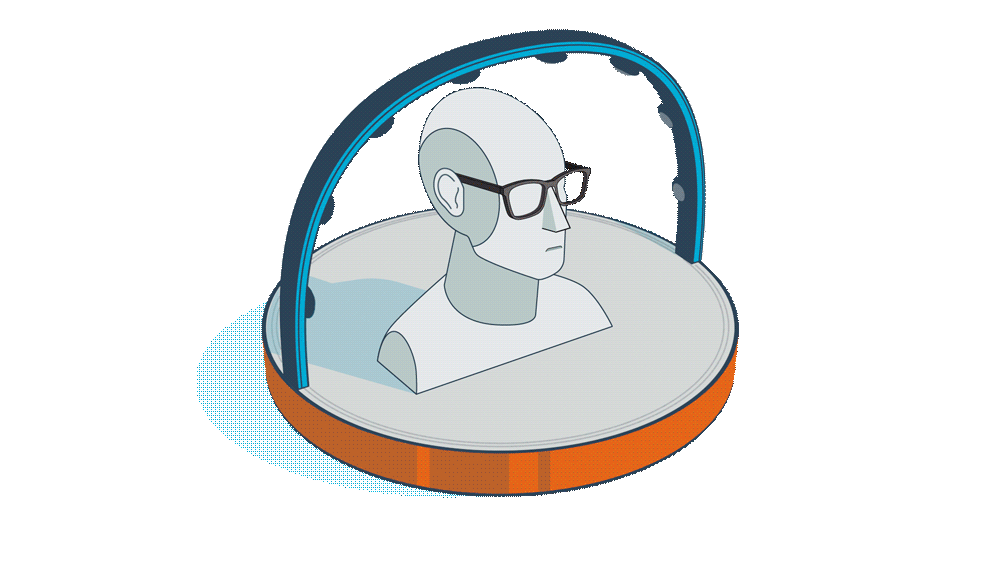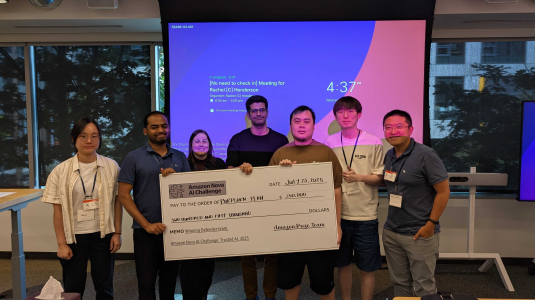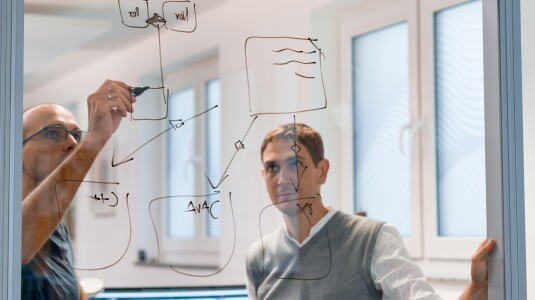Customer-obsessed science


Research areas
-
August 11, 2025Trained on millions of hours of data from Amazon fulfillment centers and sortation centers, Amazon’s new DeepFleet models predict future traffic patterns for fleets of mobile robots.
-
Featured news
-
Pixel-level mask annotation costs are a major bottleneck in training deep neural networks for instance segmentation. Recent promptable foundation models like the Segment Anything Model (SAM) and GroundedDINO (GDino) have shown impressive zero-shot performance in segmentation and object detection benchmarks. While these models are not capable of performing inference without prompts, they are ideal for omnisupervised
-
2024End-to-end (E2E) automatic speech recognition (ASR) systems often exploited pre-trained hidden Markov model (HMM) systems for word timing estimation (WTE), due to their inability to predict word boundaries. However, training an HMM is difficult for low-resource languages due to the lack of phonetic transcriptions, leading to a high demand for HMM-free WTE methods, particularly for multilingual ASR systems
-
ACL Findings 20242024Speculative decoding has emerged as a powerful method to improve latency and throughput in hosting large language models. However, most existing implementations focus on generating a single sequence. Real-world generative-AI applications often require multiple responses, and how to perform speculative decoding in a batched setting while preserving its latency benefits poses non-trivial challenges. This
-
ACM SIGCOMM 20242024The primary objective of adaptive bitrate (ABR) streaming is to enhance users’ quality of experience (QoE) by dynamically adjust-ing the video bitrate in response to changing network conditions. However, users often find frequent bitrate switching frustrating due to the resulting inconsistency in visual quality over time, es-pecially during live streaming when buffer lengths are short. In this paper, we
-
HFES 20242024Traditional tools for ergonomic assessments of workstation designs often involve ergonomists using Digital Human Modeling (DHM) software to simulate worker motions. However, these tools can be limited by posture prediction algorithms that fail to capture the full range and variability of human behavior. Virtual Reality (VR) offers an alternative by enabling workers to perform tasks within simulated workspaces
Academia
View allWhether you're a faculty member or student, there are number of ways you can engage with Amazon.
View all






























